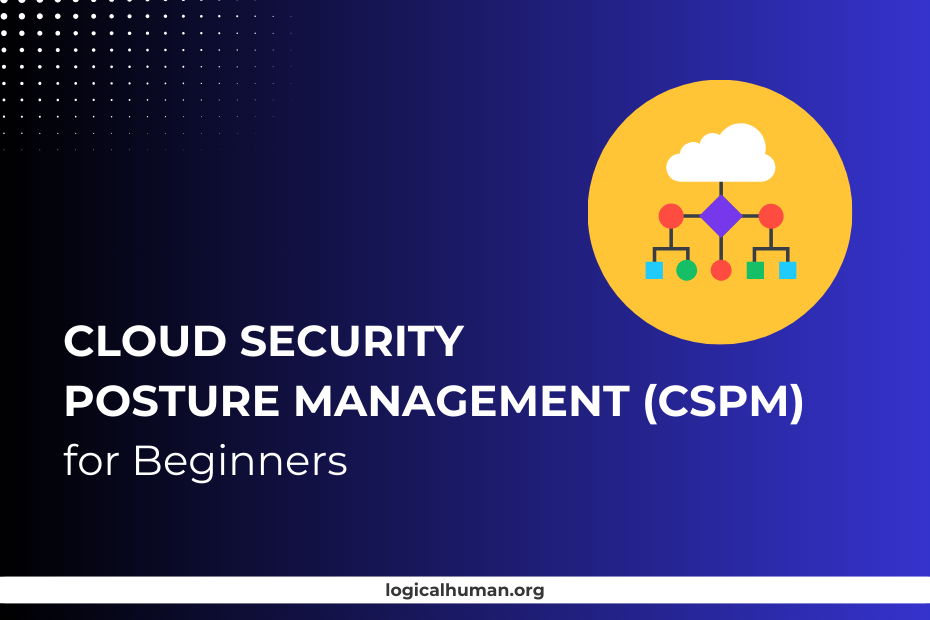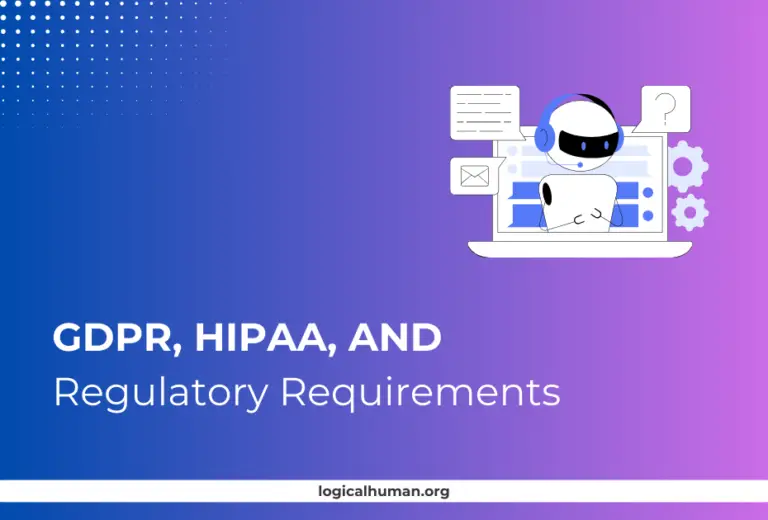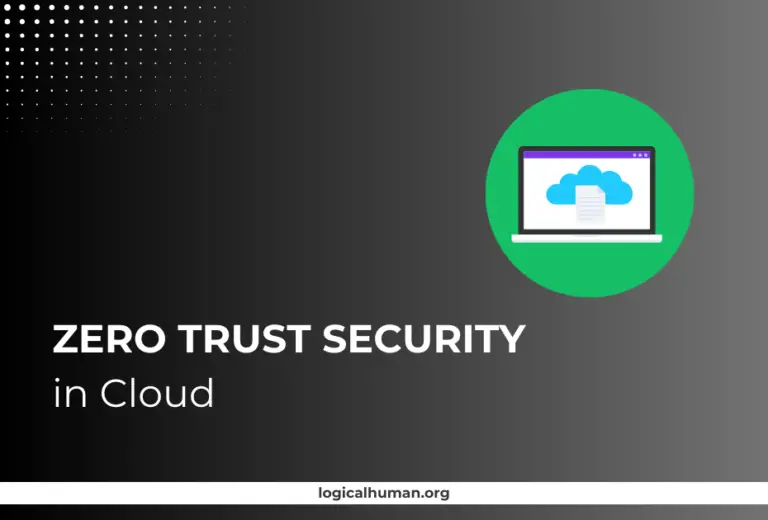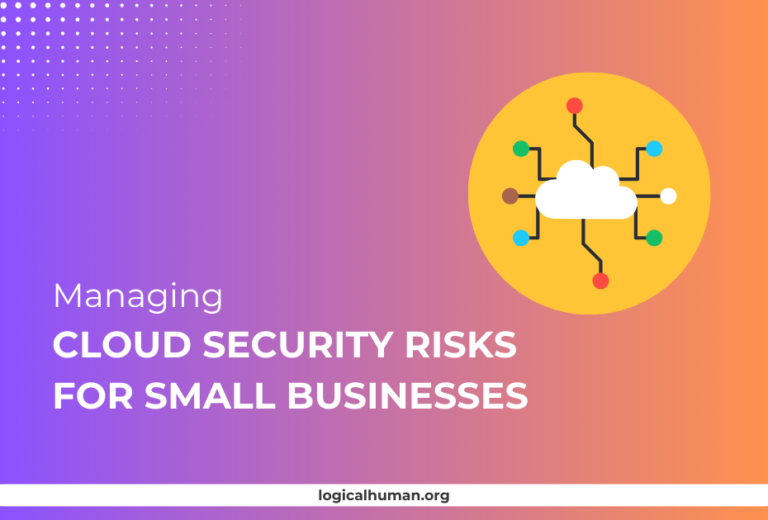Cloud Security Posture Management (CSPM) is an essential tool in the world of cloud computing. If you’re new to cloud security, you’re in the right place! In this guide, we’ll explore everything you need to know about CSPM, from its basics to its advanced features and benefits.
Understanding the Basics of CSPM
Definition of CSPM
CSPM is a set of practices, tools, and services designed to enhance the security of cloud environments. It focuses on identifying and managing security risks and compliance issues by continuously monitoring cloud resources and configurations. Think of it as your security guard in the cloud, always on duty to prevent breaches and misconfigurations.
The Need for CSPM in Cloud Environments
As organizations increasingly move their data and applications to the cloud, the complexity of managing security also rises. Traditional security tools aren’t always effective in cloud environments, where configurations can change rapidly. CSPM helps bridge this gap by providing automated, real-time visibility and control over cloud security posture.
How Does CSPM Work?
Continuous Monitoring and Assessment
CSPM tools continuously scan cloud environments for potential security threats, vulnerabilities, and compliance issues. They monitor configurations, permissions, and activities, ensuring that everything aligns with your organization’s security policies.
Automated Threat Detection and Response
When CSPM detects a misconfiguration or potential threat, it can automatically respond by triggering alerts, initiating remediation steps, or even blocking suspicious activities. This proactive approach helps prevent security incidents before they can cause damage.
Key Features of CSPM
Visibility and Inventory Management
CSPM provides a comprehensive view of your cloud resources, including servers, databases, storage, and network configurations. It helps you understand what’s running in your cloud environment and how it’s configured, ensuring nothing slips through the cracks.
Compliance Management
With CSPM, maintaining compliance with industry standards like GDPR, HIPAA, and PCI-DSS becomes easier. It automates compliance checks and generates reports, helping you demonstrate adherence to regulatory requirements.
Risk Assessment and Analysis
CSPM tools assess the security posture of your cloud resources and analyze risks associated with misconfigurations, weak permissions, or outdated software. They provide actionable insights to help you prioritize and mitigate risks effectively.
Remediation and Incident Response
When a security issue is detected, CSPM tools can automate remediation steps, such as reverting to a secure configuration or applying security patches. They also support incident response by providing detailed logs and alerts to security teams.
Benefits of Using CSPM
Enhanced Security Posture
CSPM enhances your overall security by continuously monitoring cloud environments for misconfigurations and threats. It ensures that your cloud infrastructure adheres to security best practices, reducing the risk of data breaches.
Simplified Compliance
Automating compliance checks and reporting saves time and reduces the complexity of meeting regulatory requirements. CSPM helps you stay ahead of compliance issues, ensuring that your organization avoids costly fines and penalties.
Reduced Risk and Cost
By identifying and remediating security issues early, CSPM helps prevent costly incidents and data breaches. It also reduces the time and resources needed to manage cloud security, lowering overall operational costs.
Common CSPM Tools and Platforms
AWS Security Hub
AWS Security Hub is a cloud security service that provides centralized security and compliance management across AWS accounts. It integrates with various AWS services to monitor and report on security findings.
Microsoft Azure Security Center
Azure Security Center offers advanced threat protection and security management for Azure and hybrid cloud environments. It provides real-time monitoring and alerts for security risks and compliance issues.
Google Cloud Security Command Center
Google Cloud Security Command Center (SCC) is a security and risk management tool that helps you identify and respond to security threats in your Google Cloud environment. It offers a centralized view of security posture across all your Google Cloud projects.
Third-Party CSPM Tools
Several third-party CSPM tools, such as Palo Alto Networks Prisma Cloud and Trend Micro Cloud One, provide additional features and multi-cloud support, allowing you to manage security across various cloud platforms from a single interface.
| CSPM Tool | Supported Cloud Platforms | Key Features | Pricing Model | Ideal Use Case |
|---|---|---|---|---|
| AWS Security Hub | AWS | Centralized security, Compliance checks | Pay-as-you-go | Organizations using AWS for primary cloud services. |
| Microsoft Azure Security Center | Azure, Hybrid | Advanced threat protection, Regulatory compliance | Tiered (Free, Standard) | Enterprises using Azure or hybrid cloud setups. |
| Google Cloud Security Command Center (SCC) | Google Cloud | Risk management, Threat detection | Tiered (Basic, Premium) | Businesses heavily invested in Google Cloud. |
| Prisma Cloud by Palo Alto Networks | AWS, Azure, GCP | Multi-cloud support, Threat intelligence | Subscription-based | Companies needing robust multi-cloud security. |
| Trend Micro Cloud One | AWS, Azure, GCP | Security posture management, Workload protection | Tiered | Multi-cloud environments with diverse workloads. |
Implementing CSPM in Your Organization
Assess Your Current Cloud Security Posture
Start by evaluating your current cloud security posture. Identify areas of weakness, such as misconfigured resources, outdated policies, or lack of visibility into cloud activities.
Define Security and Compliance Goals
Establish clear security and compliance objectives based on your organization’s needs and regulatory requirements. These goals will guide the implementation and configuration of your CSPM tools.
Select the Right CSPM Tools
Choose CSPM tools that align with your organization’s cloud infrastructure and security needs. Consider factors like multi-cloud support, integration capabilities, and ease of use.
Integrate CSPM with Existing Security Solutions
Integrate CSPM with your existing security tools, such as SIEM (Security Information and Event Management) systems, to create a comprehensive security framework. This integration ensures that security alerts and insights are centralized and actionable.
Train Your Team on CSPM Best Practices
Provide training for your IT and security teams on how to use CSPM tools effectively. This includes understanding how to interpret security findings, respond to alerts, and implement remediation steps.
Challenges and Best Practices for CSPM
Managing Multi-Cloud Environments
Managing security across multiple cloud platforms can be challenging. Use CSPM tools that offer multi-cloud support to gain consistent visibility and control over all your cloud environments.
Addressing Misconfigurations
Misconfigurations are a leading cause of cloud security breaches. Regularly review and update your cloud configurations using CSPM tools to ensure they align with best practices and compliance requirements.
Ensuring Data Privacy and Security
CSPM tools help protect sensitive data by identifying and mitigating risks associated with data storage, access controls, and network configurations. Implement data encryption and access controls to safeguard your cloud data.
Regularly Updating and Patching Systems
Keep your cloud systems and CSPM tools up to date with the latest patches and security updates. This helps protect against new vulnerabilities and ensures that your CSPM tools are functioning optimally.
Future Trends in CSPM
Integration with AI and Machine Learning
The future of CSPM involves greater integration with AI and machine learning to enhance threat detection and response. AI can analyze vast amounts of data to identify patterns and anomalies that may indicate security risks.
Expanding Beyond Compliance
As CSPM tools evolve, they are expected to offer more than just compliance management. Future CSPM solutions will focus on proactive threat hunting, risk prediction, and automated incident response.
Focus on DevSecOps
CSPM is becoming an integral part of the DevSecOps process, ensuring that security is embedded in the software development lifecycle. This shift helps organizations build and deploy secure applications from the ground up.
Conclusion
Cloud Security Posture Management (CSPM) is a critical tool for organizations leveraging the cloud. It provides continuous visibility, risk assessment, and compliance management, helping you maintain a robust security posture. By implementing CSPM, you can safeguard your cloud infrastructure, reduce security risks, and ensure compliance with industry standards.
FAQs
What is the difference between CSPM and traditional security tools?
CSPM specifically addresses cloud environments, focusing on configuration and compliance management, while traditional security tools may not fully support the dynamic nature of the cloud.
Can CSPM help with regulatory compliance?
Yes, CSPM tools automate compliance checks and provide detailed reports, making it easier to meet regulatory requirements like GDPR, HIPAA, and PCI-DSS.
How often should CSPM tools be used?
CSPM tools should be used continuously to monitor and manage security posture, as cloud environments can change rapidly and introduce new risks.
Is CSPM suitable for small businesses?
Absolutely! CSPM tools are scalable and can be customized to fit the security needs and budget of small businesses, helping them protect their cloud resources.
How does CSPM support multi-cloud environments?
CSPM tools provide unified visibility and management across multiple cloud platforms, allowing organizations to monitor and secure their entire cloud ecosystem from a single interface.



